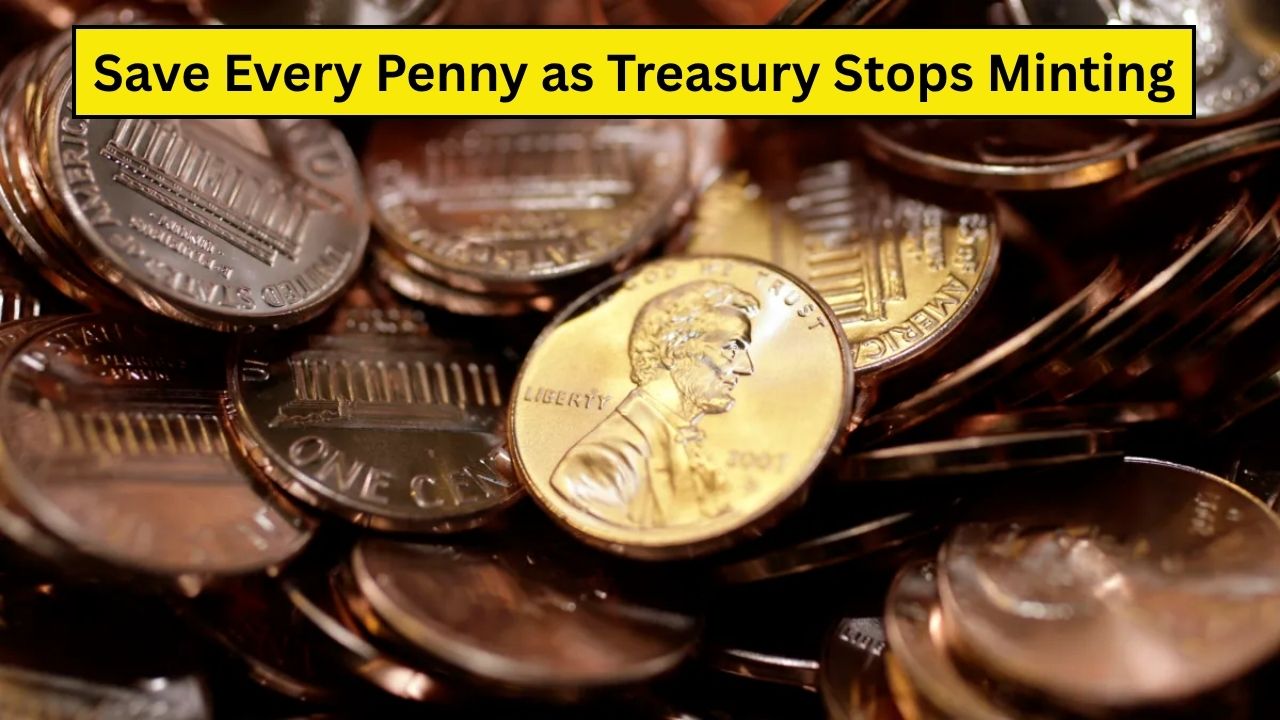A Big Change for the Penny
A Texas coin shop owner is telling everyone to hold onto their pennies after the U.S. Treasury announced it will stop minting them. The decision, pushed by President Donald Trump in February 2025, aims to save money since each penny costs nearly four cents to make. With over 114 billion pennies already in circulation, this move could make some of them more valuable, especially rare ones. Mike Welsh, a Midland coin collector, says now’s the time to start saving those copper coins.
Why Pennies Are Going Away
The U.S. Mint has been making pennies since 1793, but rising costs have made them a money-loser. In 2024, the Mint produced 3.2 billion pennies, each costing 3.7 cents to make, according to the Treasury. Stopping production is expected to save $56 million a year. Other countries like Canada and Australia have already ditched their one-cent coins, and the U.S. is following suit. The Treasury placed its last order for penny blanks in May 2025, and production will stop by early 2026.
What This Means for Your Change
Even though pennies won’t be minted anymore, they’ll still be legal tender. You can use them to pay for things, but stores might start rounding prices to the nearest nickel since pennies will get harder to find. Welsh, who’s been collecting coins for years, believes copper pennies could rise in value. “In the last couple of years, they’ve been worth over two cents each,” he said. “Copper prices are going up, and rare pennies will be worth even more.” He urges people to check their change for valuable coins.
Rare Pennies to Look For
Some pennies are worth way more than one cent. Here’s a quick guide to the rarest ones:
| Coin | Estimated Value | Key Feature |
|---|---|---|
| 1943-D Bronze Wheat Penny | Up to $159 million | Bronze error, not steel |
| 1909-S VDB Lincoln Cent | Up to $258,000 | “VDB” initials on back |
| 1914-D Lincoln Penny | Up to $159,000 | Low mintage of 1.2 million |
| 1969-S Doubled Die Penny | Up to $126,000 | Doubled text on front |
How to Spot a Valuable Penny
To find a rare penny, check the year and mint mark a small “D” for Denver, “S” for San Francisco, or no mark for Philadelphia. For example, the 1943-D Bronze Wheat Penny should be bronze, not steel, due to a wartime minting error. Look at the back for the wheat stalk design, used from 1909 to 1958. A magnifying glass can help spot errors like doubled text on the 1969-S penny. Welsh suggests checking coin jars or loose change from stores. If you’re unsure, visit a coin shop for an appraisal.
What to Do with Your Pennies
Even common pennies have value. You can roll them up and take them to a bank, use coin-counting machines at grocery stores, or donate them to charities. Some machines, like Coinstar, charge a fee for cash, but you can avoid it by choosing gift cards. Welsh says keeping pennies now could pay off later, especially if copper prices keep rising or rare coins become harder to find. With penny production ending, this is a chance to turn your spare change into something special.



